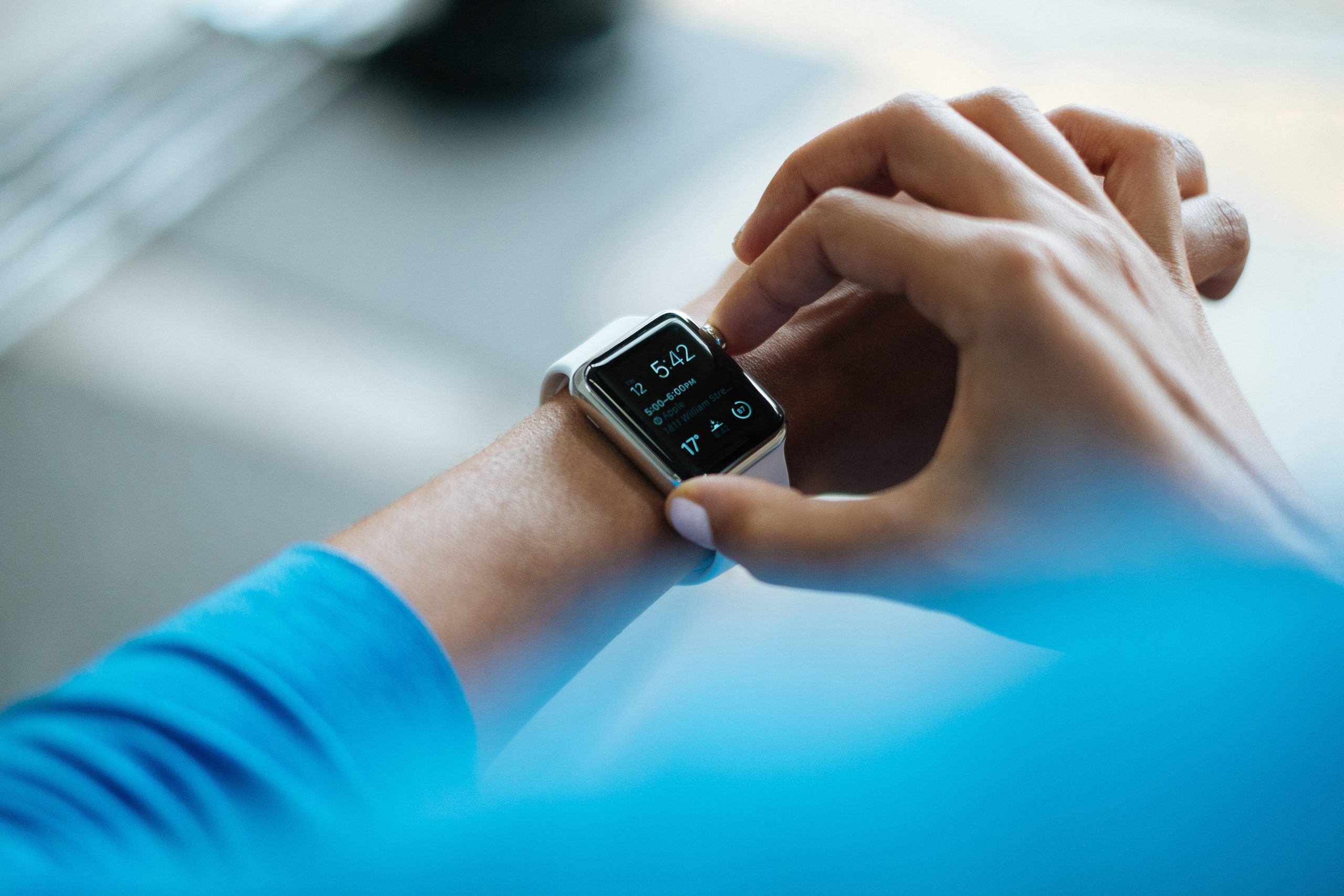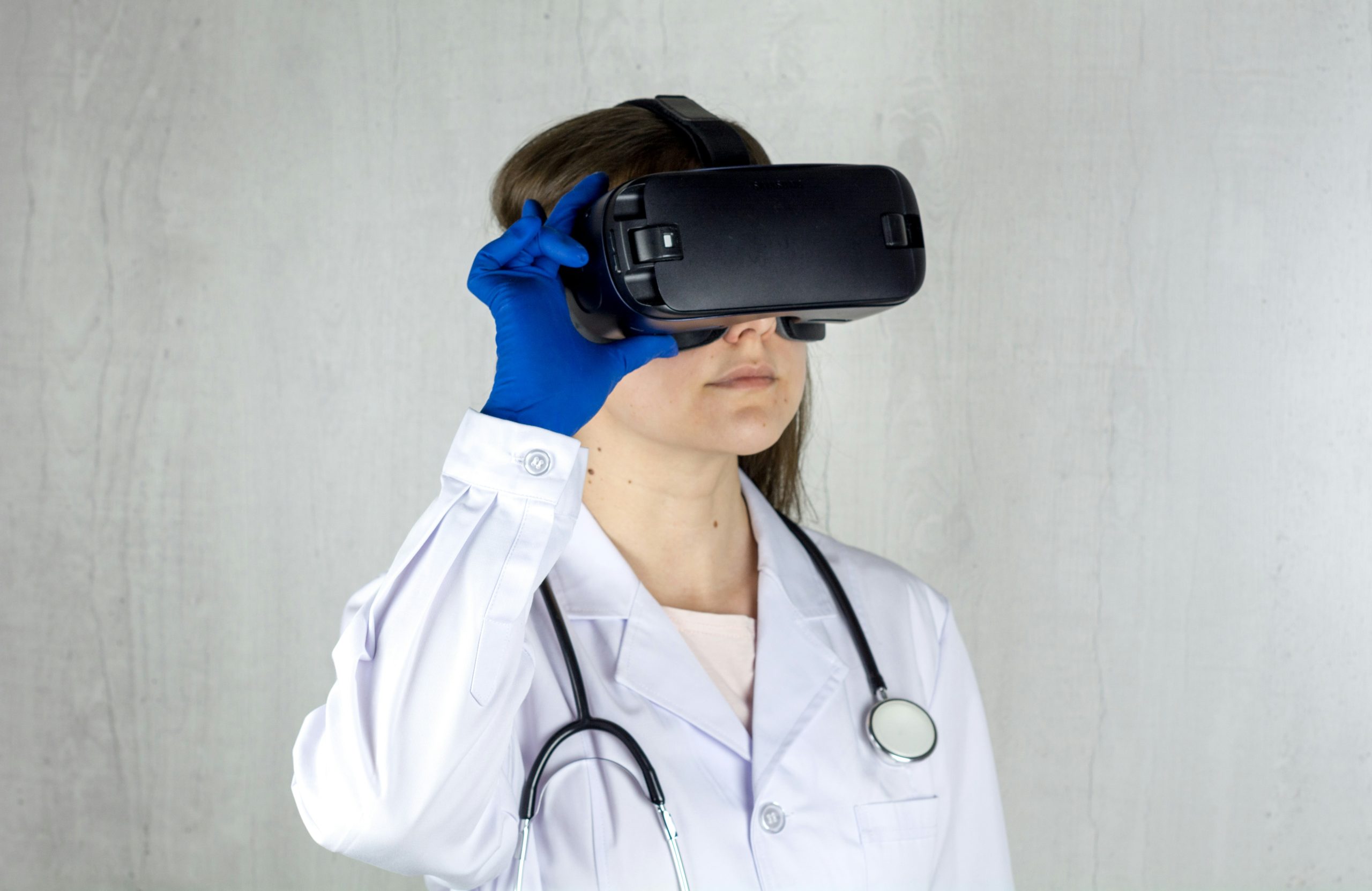In today’s fast-paced healthcare environment, enhancing patient care has become more critical than ever. One of the most effective ways to achieve this is by leveraging digital engagement tools. These tools offer a multitude of benefits, from improving the accuracy of diagnoses to enhancing communication and ensuring better health outcomes. Here, we will explore how healthcare providers can enhance patient care through various digital engagement tools.

The Importance of Digital Engagement Tools in Healthcare
Digital patient engagement tools are revolutionizing the way healthcare providers interact with patients. These tools encompass a wide range of technologies, including mobile apps, telemedicine platforms, wearable devices, and patient portals. They offer a more efficient and effective way to manage patient care, making it easier for healthcare providers to deliver personalized and timely care.
Improved Communication
One of the most significant advantages of digital engagement tools is improved communication between healthcare providers and patients. Mobile apps and patient portals allow for real-time communication, making it easier for patients to ask questions, schedule appointments, and receive updates on their health status. This level of engagement helps to build a stronger patient-provider relationship, which is crucial for effective healthcare delivery.
For instance, telemedicine platforms enable patients to have virtual consultations with their healthcare providers. This not only saves time but also ensures that patients receive timely medical advice without having to visit the clinic physically. This is especially beneficial for patients with chronic conditions who require regular follow-ups.
Enhanced Patient Education
Digital engagement tools also play a vital role in patient education. Educated patients are more likely to follow treatment plans, adhere to medications, and make informed decisions about their health. Mobile apps and patient portals can provide patients with educational materials, videos, and interactive modules that help them understand their conditions and treatments better.
For example, a patient diagnosed with diabetes can use a mobile app to learn about managing their blood sugar levels, dietary recommendations, and the importance of regular exercise. This empowers patients to take an active role in their healthcare, leading to better health outcomes.
Remote Monitoring and Management
Wearable devices and remote monitoring tools have transformed patient care by allowing healthcare providers to monitor patients’ health in real-time. These devices can track vital signs, physical activity, sleep patterns, and other health metrics, providing valuable data that can be used to make informed decisions about patient care.
For instance, a wearable device can monitor a patient’s heart rate and send alerts to both the patient and their healthcare provider if any irregularities are detected. This allows for early intervention, reducing the risk of complications and hospitalizations. Remote monitoring is particularly beneficial for patients with chronic conditions, as it enables continuous monitoring and timely adjustments to treatment plans.
Personalized Care
Digital engagement tools enable healthcare providers to deliver personalized care tailored to each patient’s unique needs. By leveraging data collected from various digital tools, healthcare providers can gain insights into patients’ health behaviors, preferences, and treatment responses. This information can be used to develop personalized treatment plans that are more effective and aligned with patients’ goals.
For example, a mobile app can track a patient’s medication adherence and send reminders to take medications on time. If the patient consistently misses doses, the healthcare provider can intervene and address any barriers to adherence, such as side effects or forgetfulness. Personalized care leads to better patient satisfaction and improved health outcomes.
Streamlined Administrative Processes
Digital engagement tools also streamline administrative processes, reducing the burden on healthcare providers and allowing them to focus more on patient care. Patient portals and mobile apps enable patients to schedule appointments, fill out forms, and access their medical records online. This reduces the need for manual paperwork and minimizes the risk of errors.
For example, a patient can use a mobile app to schedule an appointment, receive reminders, and complete pre-visit forms from the comfort of their home. This not only saves time but also ensures that healthcare providers have all the necessary information before the patient’s visit, leading to more efficient and effective care.

Improved Patient Satisfaction
Ultimately, the use of digital engagement tools leads to improved patient satisfaction. Patients appreciate the convenience, accessibility, and personalized care that these tools offer. By enhancing communication, education, and remote monitoring, healthcare providers can build stronger relationships with their patients, leading to higher levels of trust and satisfaction.
Conclusion
In conclusion, digital engagement tools are transforming the healthcare landscape by enhancing patient care in various ways. From improving communication and patient education to enabling remote monitoring and personalized care, these tools offer numerous benefits that lead to better health outcomes and increased patient satisfaction. As healthcare continues to evolve, leveraging digital engagement tools will be essential for delivering high-quality, patient-centered care.
